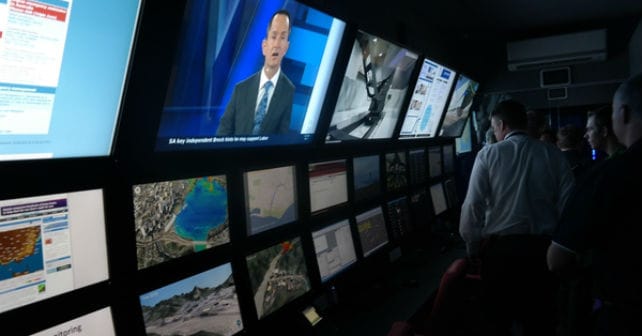E.ON pumps £6m into super batteries
Greenbang’s always found it a little odd that energy isn’t really stored when it’s produced. If there’s an excess of power then water can get pumped up a hill but it’s hardly a great way to store power.
However, she’s recently got wind that E. ON has plowed £1.1m into Nottingham university and £6m overall to develop battery technology. The researchers are combining aspects of a super capacitor and a battery – alas, they avoided the super cattery pun.
According to Nottingham Uni’s web site:
“Academics have received €1.4m (£1.1m) in funding from E.ON to develop a new generation of super batteries and undersea storage bags that will collect energy in the form of compressed air.
As methods of producing energy from renewable sources such as wind, solar and wave and tidal power become more advanced, the effective and efficient storage of that energy is fast becoming one of the key challenges facing the energy industry. As these types of renewables can only produce energy under favourable conditions, for example when the wind is blowing, storage capacity will help in ensuring supply can be matched to demand.
Dr Chen said: “Electricity generated from renewable sources can be transported instantly through cables over long distances but storage is a problem — if you don’t use it, you lose it.”
According to E.ON:
“E.ON intends to double their share to almost a quarter of the energy mix by 2030. Up to 2010 alone we will invest at least € 6 billion in this area. However, to make better use of renewables, we must also tackle the problem that they are not yet able to meet baseload demand. For this we need innovative storage technologies,” said Wulf H. Bernotat, CEO of E.ON AG.
Together with Research Minister Annette Schavan, Mr. Bernotat presented the new E.ON Research Award in Berlin to 10 outstanding projects by international universities and institutes. This year the award goes to projects dealing with different methods of energy storage: ranging from highly efficient batteries and new heat storage devices for point-of-use cogeneration systems through the use of electric vehicles as mobile storage units to compressed-air storage systems on the seabed.”




